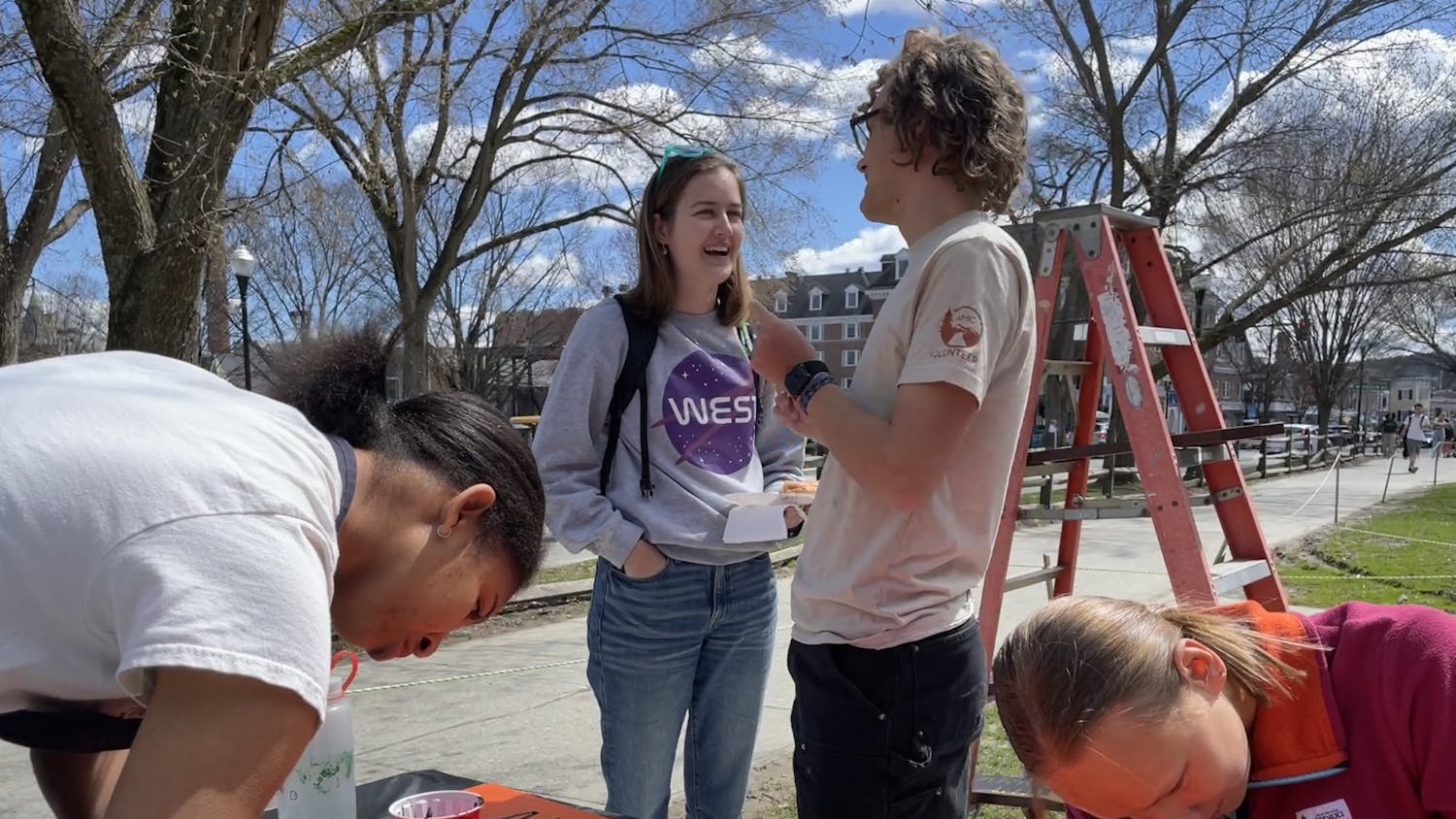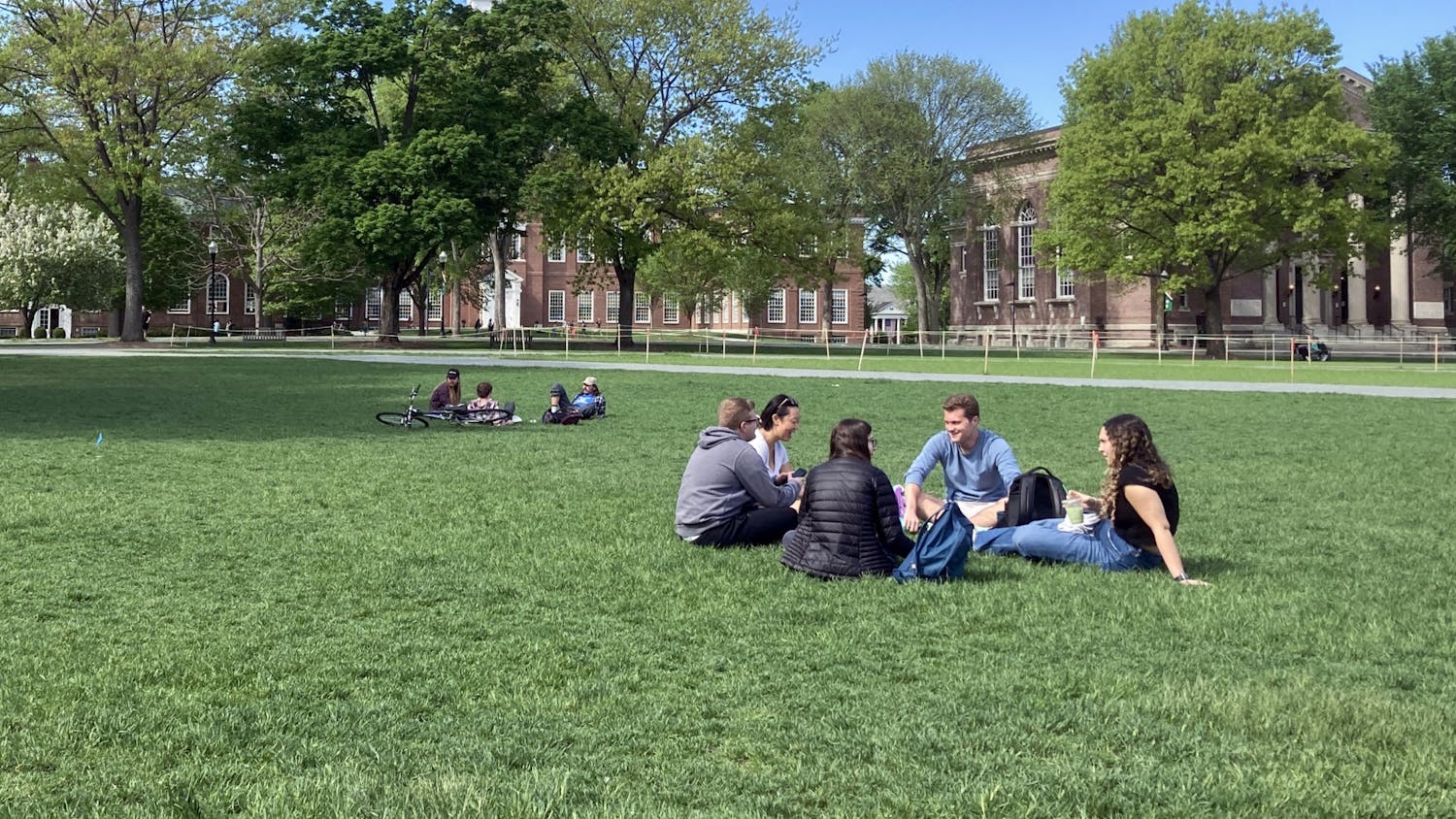When I first came to Dartmouth, I encountered the typical unknowns: what I wanted to study, how to schedule a meeting with my dean, how to do my laundry, how to order pasta at Collis. But I also found myself confused by unspoken rules that most of my peers seemed to have understood since birth. I didn’t know that some people said “the South” with a sour taste in their mouths. I didn’t know that “ma’am’s” and “sirs,” which slip from my lips without thought, are often considered antiquated and unusual rather than expected and polite. I didn’t know that I was supposed to be impressed when I heard the name “Choate.”
I didn’t know because — like over half of U.S. citizens but a mere quarter of domestic Dartmouth students — I didn’t grow up in the Northeast or in the West. I grew up in Lexington, Kentucky.
Coming to Dartmouth, I knew I would experience a sharp learning curve. I knew I would be questioned on my fried chicken consumption, my thoughts on the necessity of shoes and my political opinions. But I wanted to see other parts of the country, to learn from difference and to know myself in another context.
Ohioan Maeve McBride ’20 underwent a similar decision-making process in choosing to come to Dartmouth over Ohio State University, where many of her former classmates attend college. One year out from that decision, McBride is happy she chose Dartmouth. Despite the radical change in her environment, she told me that she still subscribes to the cultural norms with which she grew up, specifically mentioning Midwesterners’ infamously weak diet and exercise regimes and their famously strong commitment to community.
“I’ll get care packages from family friends,” McBride said. “Not close family friends, but all sorts of family friends … that sort of community and caring about each other is what it really means to be a Midwesterner.”
Connecticut native Shannon Rubin ’19 appreciates the opportunity Dartmouth provides to meet people from different backgrounds, interactions which she considers to be integral and formative parts of her college experience.
“I’ve been exposed to a ton of thought from people who aren’t from my background, and I’ve found that to be incredibly valuable,” Rubin said. “A lot of what has shaped me as a person has been a result of the people I have met.”
However, Rubin feels that Dartmouth students tend to self-segregate according to geographic and cultural boundaries, in part due to the organizational structure of First-Year Trips.
“If you’re from the Northeast, you’re going on trips with other people from the Boston area and the New York City area, which I think tends to segregate you from the rest of the school,” she said.
Rubin saw these divisions endure well into her freshman, and even sophomore, year. But when I asked McBride if she finds herself only spending time with people from the Midwest, she was quick to say no. She has developed friendships with people from a variety of backgrounds, though more out of necessity than out of principle. Coming from Ohio, she does not have the option to only interact with people from her area.
“It’s easier for someone from the Northeast to only hang out with people from the Northeast … For me it’s actual effort to find people from Ohio, whereas for [Northeasterners], it’s not as hard,” she explained.
The South and Midwest, two of America’s most populous regions, claim a mere 15 percent and 10 percent of Dartmouth’s student body, according to senior media relations officer Amy Olson. Students from these areas account for a smaller proportion of matriculating students, as compared with their representation in the applicant pool. The reverse is true for students from “Coastal Elite” states like New York and Massachusetts. And though Olson assured me that geographic diversity is a priority and that “typically, all 50 states are represented in the entering class,” it seems unfair to compare California’s 140 students enrolled in the Class of 2020 to West Virginia’s one.
This is not the result of targeted discrimination but rather a gap in access to information. I have spoken with rural “Middle Americans” who never thought to look farther than the borders of their state, who were not aware that elite schools provide extensive need-based financial aid, who were so intimidated by the college application process that they assumed it was not for them.
“It’s much easier to get into schools like ours if you go to a high school that knows how to curate a high-level admissions packet, and I think it can be harder to get those things in the Midwest,” McBride said.
She and I grew up in a world in which high schools funnel students into state universities, and in which attending an elite college — or any college — is a question of why rather than why not.
“At home, I don’t say I’m at Dartmouth,” McBride said. “I say I go to a small liberal arts school in New Hampshire because there are people who look at me and say, ‘Wow, why’d you go there?’ … That image [of elite schools] only being for rich people from the coast is damaging.”
The underrepresentation of Southerners and Midwesterners on Dartmouth’s campus may manifest as a mere mismatch of numbers, to be solved with an eraser and a pencil or a conversation in the admissions office. But such simplistic solutions ignore the underlying causes of this problem: the deepening cultural fissures in our country, the tempting pursuit of the familiar and the damaging gaps in information which create inequities in access to higher education. When viewed as a whole, those underlying causes seem frighteningly large and nebulous. But they don’t have to be. Perhaps once we graduate, we can task ourselves with singlehandedly stitching America back together. But for now, we each have four years to foster a truly cohesive Dartmouth community.
Those of us from the South and Midwest should be proud of where we came from. We should share our experiences with our peers. We should return home and encourage future generations to follow our lead. Those from the Northeast and West should challenge themselves to seek out and learn from difference, hard as it may be to embrace the unfamiliar when you have the luxury of the known.
It’s not often that you find yourself in a place where you can walk 15 minutes to meet someone from one of the around 40 countries or nearly 50 states represented on Dartmouth’s campus. Take advantage.



